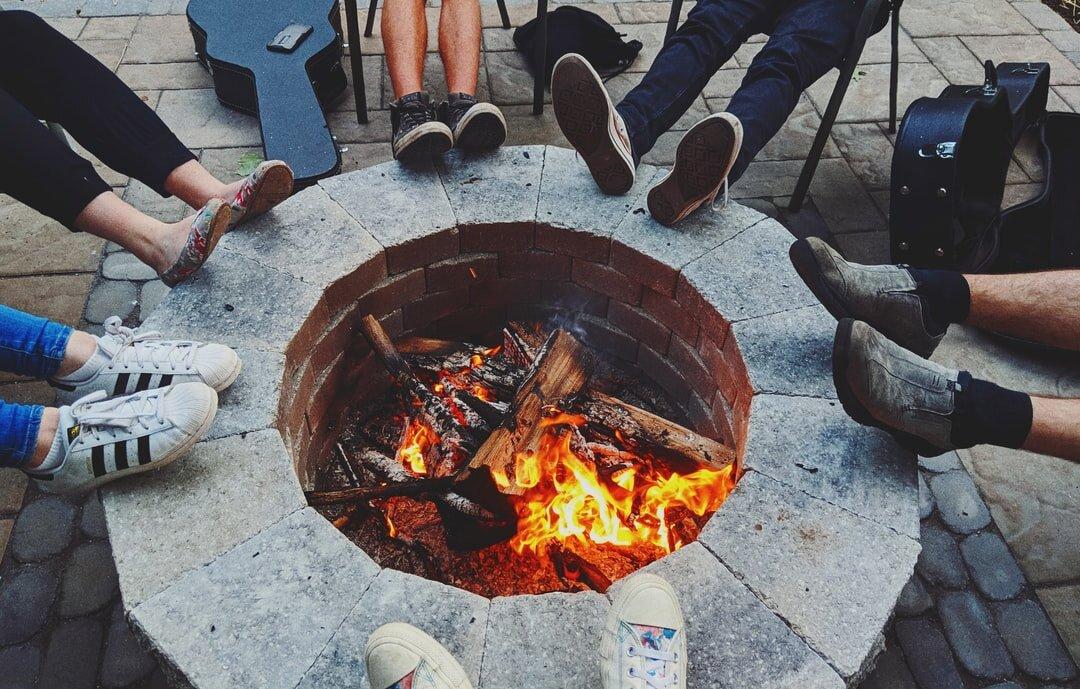How COVID-19 affected the cut-flower industry, and the ways it adapted to the pandemic to stay in business, so we could still buy fresh Spring and Summer blooms.
Despite the hardships that COVID-19 presented to us – the drastic pauses and changes –the gardening world wasn’t that affected. Apparently, the pandemic’s isolation methods resulted in a surge of at home gardening that was therapeutic to say the least, towards folks mental, emotional, and physical well-being.




